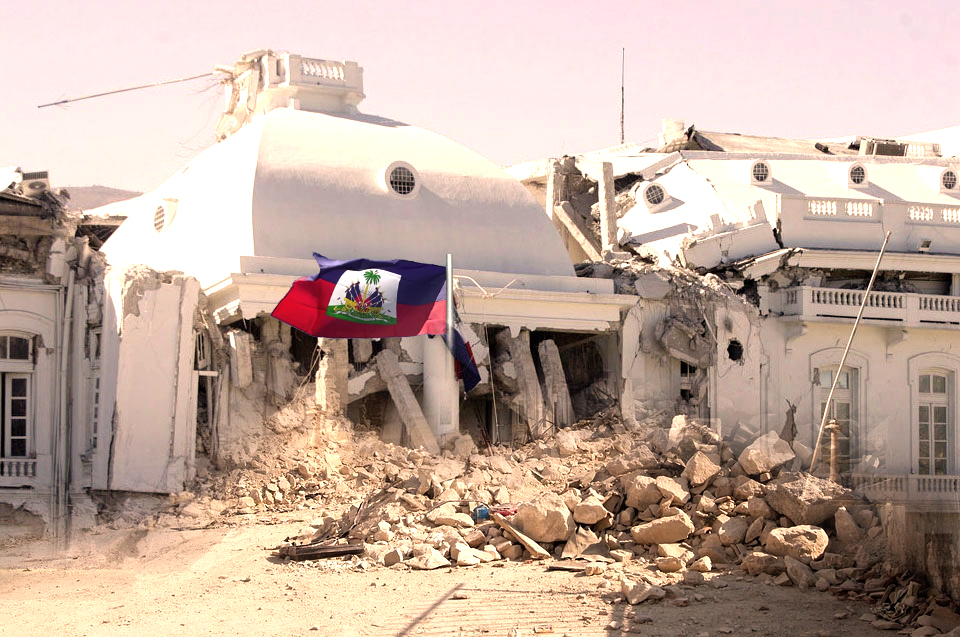On January 12, 2010, a devastating earthquake struck the island nation of Haiti, causing widespread destruction and loss of life. The earthquake, which had a magnitude of 7.0, struck just before 5:00 p.m. local time and was centered approximately 15 miles southwest of the capital city of Port-au-Prince. The tremor was felt as far away as Guantanamo Bay, Cuba, and the Dominican Republic.
The earthquake caused massive damage to buildings and infrastructure in the affected areas. Many buildings, including homes, schools, and government buildings, collapsed or were severely damaged. The Presidential Palace, the National Assembly, and the United Nations mission in Haiti were among the structures that were destroyed. The Port-au-Prince Cathedral, a symbol of the country’s history and culture, was also left in ruins.
The earthquake resulted in a humanitarian crisis, with a high number of deaths and injuries. The exact number of casualties is difficult to determine, but estimates range from 230,000 to 316,000 deaths, with many more injured. Additionally, the disaster rendered 1.5 million people homeless and hurt the already fragile economy of the nation.
The international community responded quickly to the disaster, with aid organizations, governments, and individuals from around the world providing financial assistance and humanitarian aid. The United Nations established the United Nations Stabilization Mission in Haiti (MINUSTAH) to coordinate the international response. People affected by the disaster received food aid from the World Food Programme and other organizations, and injured people received medical attention from international medical teams.
The Haitian government and international organizations have been working to rebuild the nation since the earthquake. Efforts have been made to provide emergency shelter and food aid, as well as to repair and rebuild infrastructure such as roads, schools, and hospitals. The Haitian government has been working to strengthen the nation’s economy and lessen poverty with the assistance of the international community.
Despite the advancements made in the years following the earthquake, Haiti still has a lot of problems. The country remains one of the poorest in the Western Hemisphere, and many of the problems that existed before the earthquake, such as political instability and economic inequality, continue to hinder the country’s recovery. The COVID-19 pandemic has also had a severe impact on the country, exacerbating existing problems and making the recovery more difficult.
In conclusion, the Haiti earthquake of January 12, 2010, was a catastrophic event that caused widespread destruction and loss of life. The disaster resulted in a humanitarian crisis and had a severe impact on the country’s economy and infrastructure. The international community responded quickly to provide aid and support, and efforts have been made to rebuild the country in the years since the disaster. However, Haiti still faces many challenges, and the recovery process is ongoing.
Author
Stay connected for new publications, events, and more.







More Stories
Le pape Léon XIV : un pontife historique qui jette un pont entre les continents et les cultures
What Happens When a Pope Dies
Le Prix de la Liberté : 17 Avril 1825, une Ordonnance Injuste. Déclaration de Macron